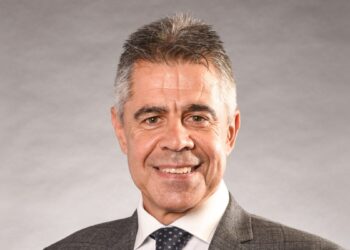Jo Hurley, general manager - growth for Class said in the latest SMSF Adviser podcast advisers need to engage with their younger clients and help them set goals just as they do with those that are reaching retirement age.
“We always talk about the long-term approach, and therefore, it doesn’t matter whether it comes to life goals, retirement goals, and so forth,” Ms Hurley said.
“Trying to condense those into two or three years is never really going to work, so we have to start teaching the younger SMSF members that it’s important to take a much longer-term view into their superannuation.”
Ms Hurley said, advisers need to take a different approach with their younger clients.
“The approach that a younger individual coming in, in their mid 30s, early 40s, in terms of their technology capability, in terms of their knowledge is going to be so much different compared to what you might have been talking to clients about 10 years ago,” she said.
“I think it’s really important that professionals maximise the tools available, as well to make sure that they’re really implementing best practice.
“Those sorts of things include daily processing and giving access to real time information to their clients. I’d like to see an expansion of tools that help trustees better understand their contribution strategies and the potential of looking at that long runway, and how those little changes and those little extra contributions add up over a period of time.”
Ms Hurley said using the technology that is now available for trustees enables younger members the ability to see their retirement via a modelling process.
“They can see how long their money is going last and to really be doing more in a dynamic sense, to model out contribution strategies over a long period of time,” she said.
“And that helps to manage expectations. There’s a lot of opportunities strategically around catching up on contributions, contributions splitting, that you really want advisors to do to maximise the SMSF for their clients, as well as taking into account investment performance.
“That is helped by regular investment performance reviews. Things like having a look at contribution strategies and how they may need to be adjusted in times when the investment performance has potentially dropped and understanding the way that contributions and investment performance work. So, if investment performance is down, it may be a good time to reassess and up those contributions – or the opposite?
“I think the dialogue for a long time in SMSF is understanding that the SMSF is one part of someone’s entire portfolio, and diversification across the whole of wealth is just as important.
“Getting that view is really important as well. At Class we are working hard to ensure that we deliver on that single view of wealth across an entire client’s portfolio, no matter what entity that will sit in, whether that’s company trusts or SMSF.
“We get this holistic view of the investments and I think that helps make the investment strategy come to life. It also means advisers and their clients have the ability to assess whether what they’re doing is actually a good investment strategy. Looking at it in isolation is always dangerous.”


